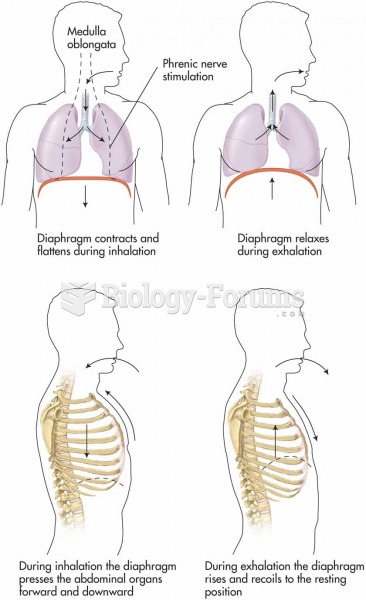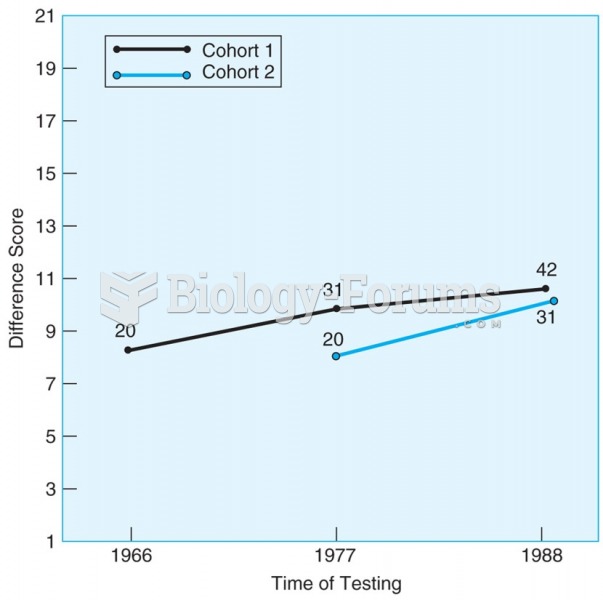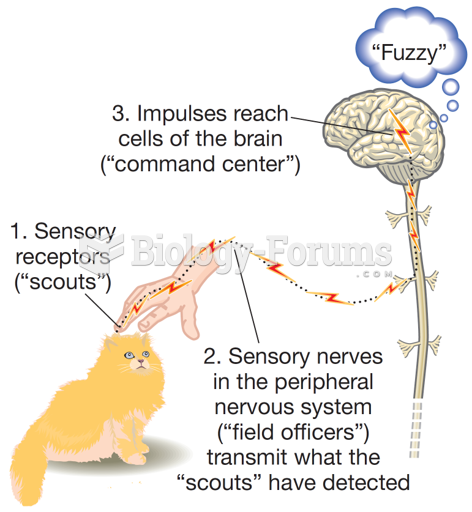Answer to Question 1
Gratton, a French social worker, psychologist, and sociologist, views the coming out process as an unveiling (dvoilement) of a gay identity which is formed from abandoning an identity which is socially acceptable and the creation of a positive gay identity. This identity becomes more and more visible and is increasingly resilient to societal stigma. The process begins with the realization that one is gay (attraction) with accompanying feelings and thoughts, which push and pull, regarding the wish to be who one is verses societal dictates (authority). The person recognizes the authority of social norms but, Gratton says, the person is partially dependent on them and must redefine them in order to integrate and realize his gay identity. The individual's convictions and deliberations as well as feelings, emotions, and self-analysis regarding himself as gay are engaged in this redefinition. These developments are part of the subjective self. As gay identity grows more stabilized, the thoughts and feelings become more visible in language and behavior; therefore they are unveiled to others by the objective self. Reconstruction and activism are other forces at work in these interactions. Reconstruction is a mechanism that aids in converting the internalized feelings of shame into feelings of pride and positive self-worth. Activism grows out of isolation, allowing the person to identify with a group and feel a sense of belonging. Activisms encourage collective action to claim rights and combat discrimination. Education, in the broadest sense, helps the individual to learn about the world and integrate his life experiences and, as he matures, he is better able to incorporate his gay identity into his objective self. The influences of integrity and integration are also dynamics in this process. The unveiling of gay identity allows the person to have more personal integrity, as he is being true to himself. But, this unveiling may also have an effect of some loss of integration into society. There is a tension between these two needs that the individual mediates.
Answer to Question 2
Coleman synthesized a five-stage model of coming out from several models. He views the process as a sequential one, although he stated that not all individuals follow the process in a linear fashion. A person may remain in one particular stage or may be working on two stages simultaneously. The process can be activated at any time during the life cycle.
Pre-coming out is the initial stage in Coleman's model. The central component of this stage is the idea that homosexual feelings are pre-conscious, although feelings of differentness may be in the awareness of the individual. Coleman stated that this awareness prompts arousal of defense mechanisms in order to allay what is felt to be the inevitable crisis that same-sex sexual feelings would present. While an individual may remain in this stage throughout his or her entire life, Coleman felt that to do so would be at a cost to psychological and interpersonal well-being. On the other hand, the individual may precipitate the crisis and resolve the task of this stage.
Precipitation of the identity crisis prompts the second stage, coming out. Self-acknowledgment of homosexual feelings represents this psychological milestone. The acknowledgment prompts cognitive dissonance in the individual as he begins to identify with and compare and contrast self-perceptions with his knowledge of gay orientation. Coleman indicated that commonly this stage is experienced in adolescence (ages 13 to 18). Self-acceptance begins, according to Coleman, with the acknowledgment of homosexual feelings to others. The disclosure is important in seeking validation and social support. The reaction of a confidant is crucial in shaping a positive self-image. Disclosure also represents a leap in the learning process for intimate relationships.
A period of exploration marks the next milestone in the coming out process. The tasks in this stage are to develop interpersonal skills to socialize, develop a sense of personal attractiveness and sexual competence, and to derive self-esteem from other self-aspects other than sexual conquest. This stage represents a beginning of acculturation into the gay community. Coleman described this stage as one that includes a great deal of experimentation.
Experiences in assimilation into gay culture may lead to the next stage, first relationships. Coleman posited that this stage is one that represents the search for intimacy with another person. The task is to learn to function in a same-sex relationship. Coleman described relationships in this stage as commonly tumultuous and at times disastrous. Relationships in this stage may not represent true intimacy due to a stereotyped notion of a gay or lesbian relationship. He also indicates a lack of a consolidated positive identity as a difficulty involved in these relationships.
The final marker in the coming out process is integration. A positive gay or lesbian identity is achieved as it is integrated with other personality elements of the individual. The individual may feel free to attend to other life tasks. Coleman suggested that helping responses to gay and lesbian clients dealing with the coming out process be focused on assisting the client to negotiate and achieve the emotional, cognitive, and behavioral stage-related tasks. Although Coleman claimed that his model is not a linear process, the process appears to be epigenetic, with each stage built on the previous one. The model requires that each stage increases the integration of a positive identity and that identity integration at higher levels of the model is contingent upon completion of lower level tasks. The result of the process is a consolidation of identity in which being gay is a central component.







